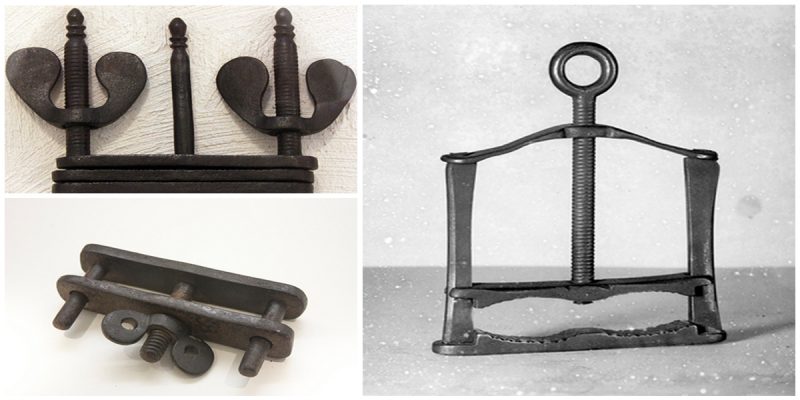In Europe, from the medieval times, there were a set of tools which were approved for extracting confessions. One of them was the Thumbscrew, a simple device designed to crush prisoners’ thumbs or fingers.
It was a method primarily used to extract confessions as it was both painful and caused lasting damage.
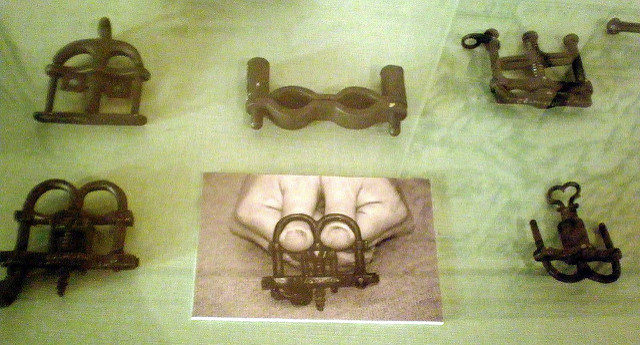
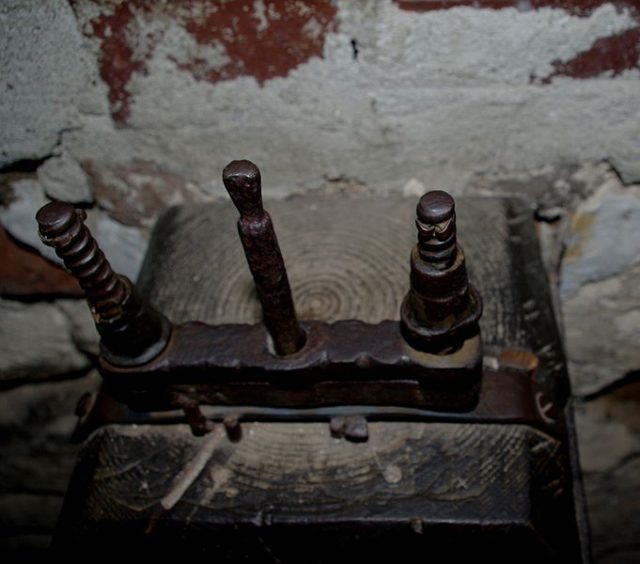
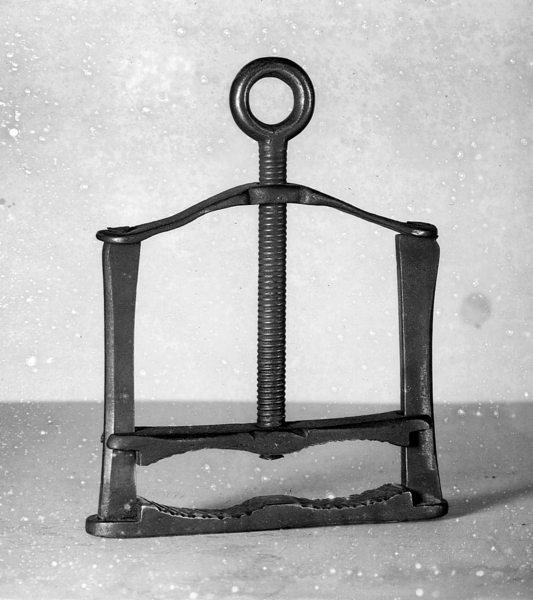
Despite the size of the device, it was effective enough to crush the bones of the fingers. European thumbscrews used for torture were usually made of metal and accommodated two fingers or thumbs at the same time.
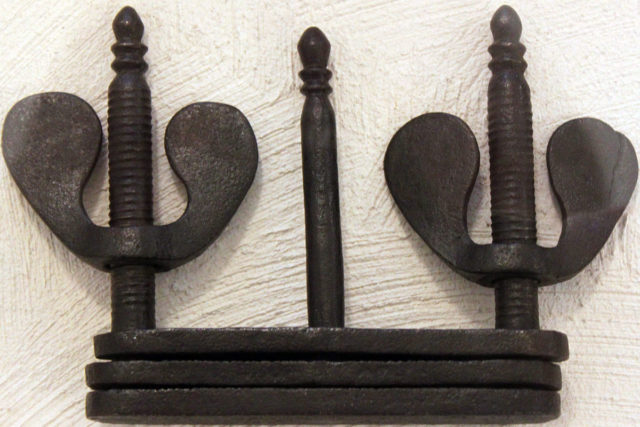
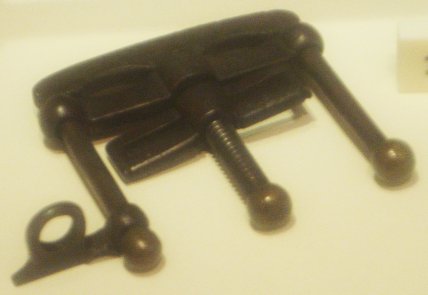
The devices were very useful to interrogators as they were a portable means of torture and not restricted to the confines of the torture chamber.
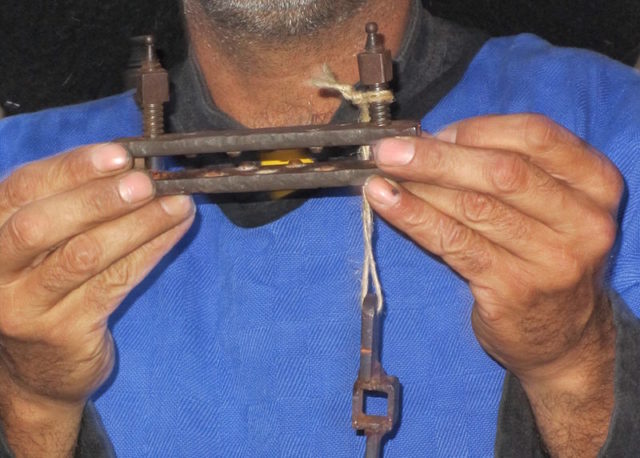
The device consisted of three upright metal bars, between which the thumbs were placed. A prisoner would place his thumbs between the two flat metal pieces, connected by one or more screws and slowly crushed as the torturer turned the handle on top, pressing the thumbs against the bottom.
The crushing bars were sometimes lined with sharp metal points to puncture the thumbs and inflict greater pain in the nail beds.
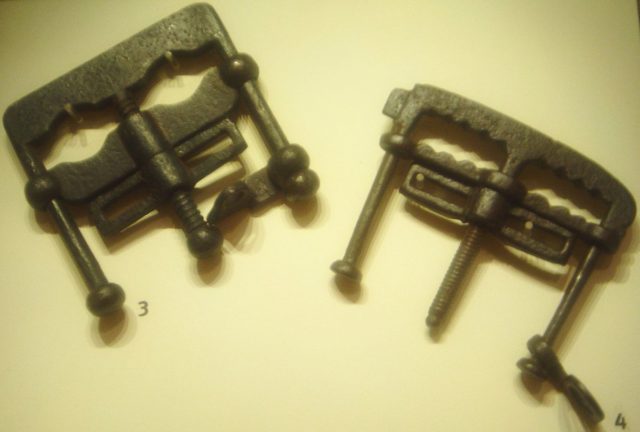
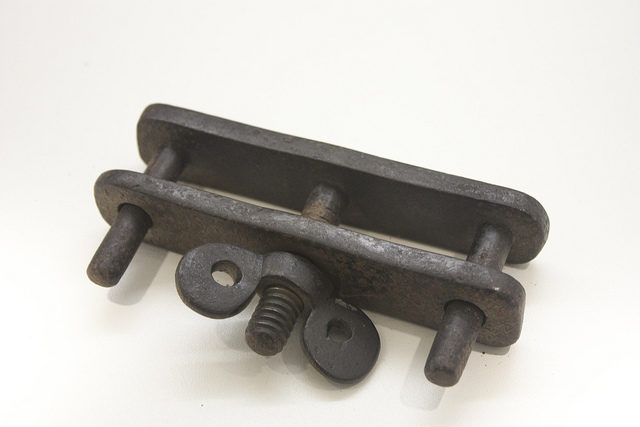
Another common application of the thumbscrew was to crush a victim’s toes. Variants of thumbscrews existed in many other shapes and purposes.
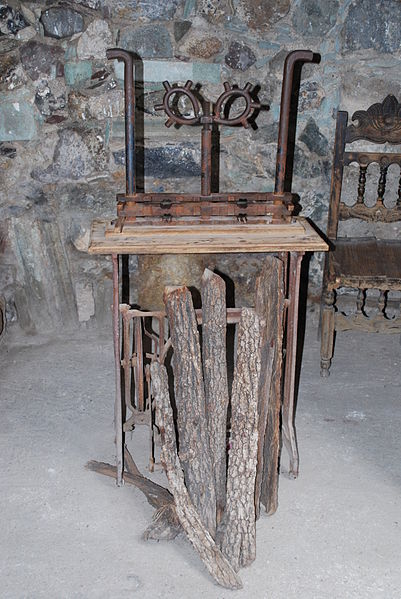
A larger variant of this torture was used to crush knees, arms and even heads. All of these variants were most commonly employed during different inquisition episodes in the medieval period.
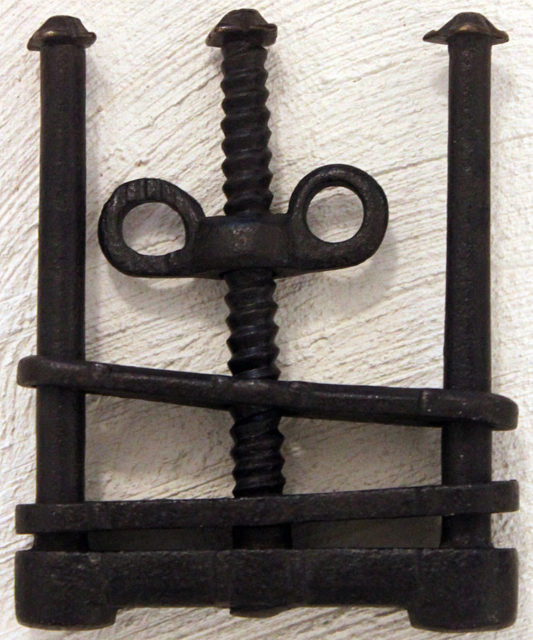
The thumbscrew had many other prevalent names in medieval Europe.
It was called by the name of thumbkin and also thumbikin. The terms pillywinks and pilnie-winks were also used.
